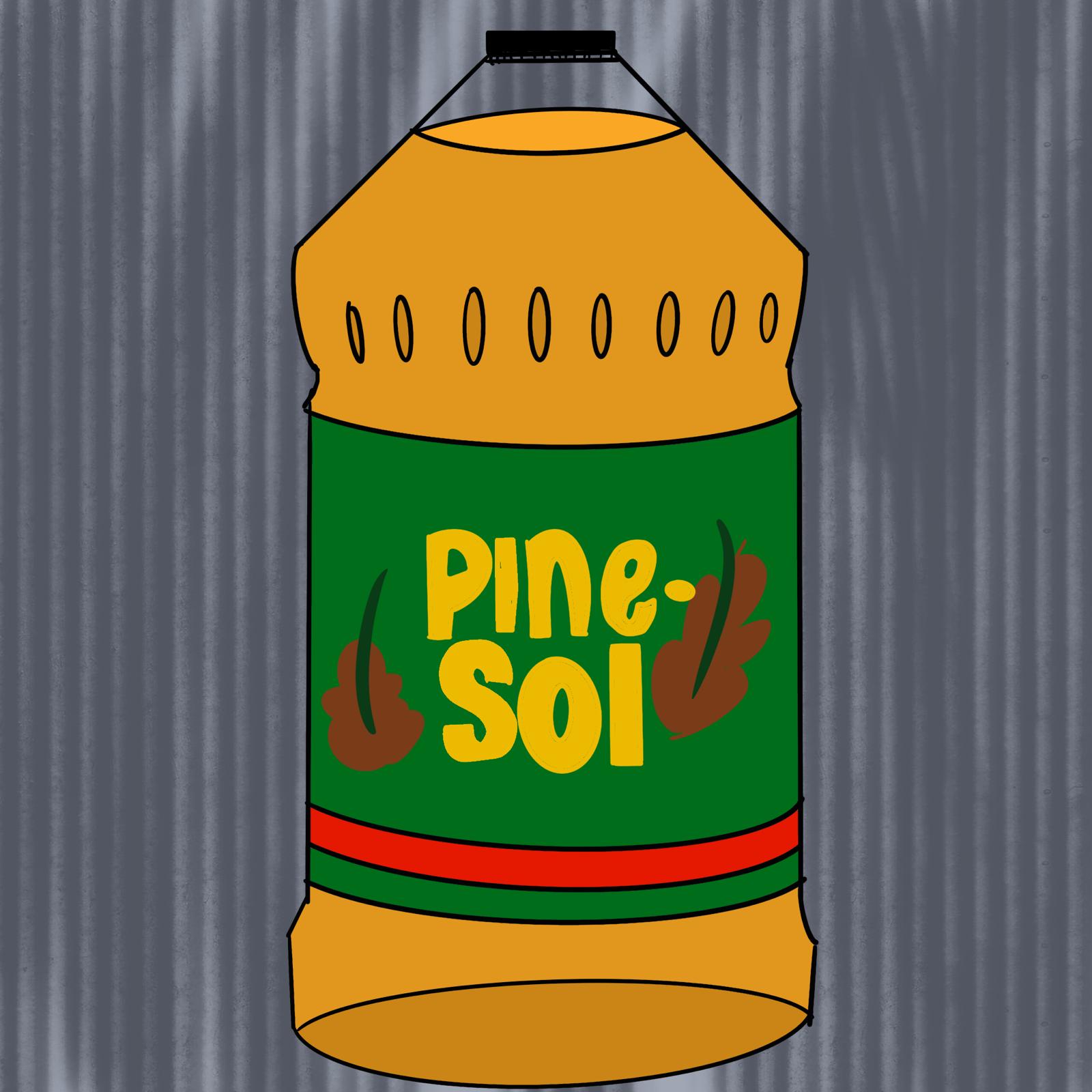Photos of empty store shelves flooded Facebook and Instagram throughout the pandemic as consumers, desperate to protect themselves and their families, grabbed for any disinfectant in sight.
COVID-19 most commonly spreads person-to-person via respiratory droplets. These same droplets land on surfaces and survive for relatively long periods of time. We, in-turn touch these surfaces, and place personal items such as cell phones, toys, books, and bags on them. One of our greatest weapons in the fight against COVID and other infectious diseases is surface disinfectants.
Most multi-million and multi-billion-dollar chemical companies drive revenue by creating a plethora of cleaning, disinfecting, and air freshening products that are packaged and shipped to the end user.
Regulated by the Environmental Protection Agency (EPA) as antimicrobial pesticides, disinfectants are often thought to be wholly beneficial and relatively harmless. There is, however, a dirty little secret in disinfection: it’s rarely done properly. Proper use instructions vary widely and guidance from regulatory agencies surrounding their use is often contradictory.
So the question must be asked, are these products and the way we use them causing more harm than good?
Rayne Guest, founder and CEO of R-Water and a staunch advocate for safe cleaning protocols, shares four important things we need to know about the disinfecting products commonly found under our sinks. Through education, we can collectively adopt safer cleaning and disinfecting practices and avoid potentially life altering health issues from harmful common household disinfectants.
Pretty labels distract from the fine print. Ever notice streaks after cleaning or an allergy season that never seems to end? Consumers are urged to look beyond the pretty packaging and take a deeper dive into the Safety Data Sheet of the products you are reaching for. You will soon learn of ominous warnings you won’t want to ignore, including those related to your skin and lungs. The product Safety Data Sheets often requires that users don personal protective equipment which can include facemasks, gloves, and even “hooded chemical-resistant clothing.” However, slick EPA approved marketing lingo often includes phrases such as “smell the clean,” “controls allergens,” and “for a fresher home.”
Scents do not freshen the product. To give your disinfecting and cleaning products color, suds, and fragrances, companies add a sometimes-toxic slew of chemicals that frequently “fight” with the active ingredients that do the work. These fragrances can be dangerous for the user and have been linked to skin and eye irritations, headaches, and neurologic symptoms.
Spray and wipe is a myth. All disinfectants have a minimum contact time for achieving their claimed efficacy, and for the majority of them, it is 10 minutes – a task that is easier said than done. Most people simply spray and wipe, not realizing that they are not achieving proper disinfection. By not heeding the stated contact time, consumers are spending hundreds of hours and thousands of dollars on disinfecting products every year to improperly disinfect and clean.
Cleaning is often not completed in one simple step. There is a right way, and a wrong way to use disinfectants. After an advised pre-clean step and required wet time, surfaces like kitchen counters and children’s toys generally need to be rinsed thoroughly with water to remove the harmful residues left behind.
Throughout the pandemic, disinfection has received attention like never before. However, extended exposure and incorrect use of common household disinfectants can result in dangerous health risks including eye irritation, headaches, neurologic symptoms, skin problems, and respiratory issues. Tragically, respiratory issues make a person more vulnerable to COVID-19.
As we continue to use disinfectants at a ferocious rate, we need to also focus on their proper use. Doing so ensures that we don’t turn one of the greatest weapons we have against infections disease against ourselves.
Rayne Guest was raised in the mountains of Idaho. She attended five universities while studying various fields including business, marine biology, and nutrition. She has spent time in Southeast Asia, Europe, Australia, Brazil, Israel, Africa, among many others and is driven to do good by doing good in the world. As founder and CEO of R-Water, Rayne is developing patented cleaning and disinfecting technologies to further this cause, while unapologetically shaking up archaic industries.






